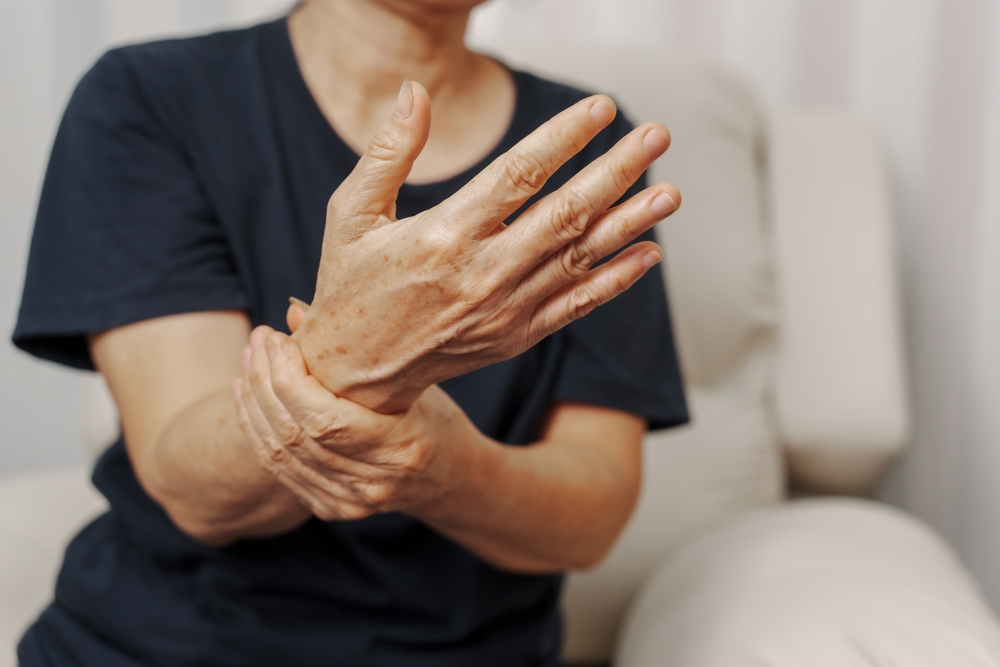Living with Parkinson’s Disease at Home
Category:

Parkinson’s disease is a movement disorder of the nervous system, which is a network of nerve cells that control many parts of your body, including movement. While living with Parkinson’s disease, the conditions for the degenerative brain condition worsens over time. Can you live with Parkinson’s disease? And if so, how long do the elderly live with Parkinson’s disease? In this post, we’ll review what you need to know about living with PD.
Download Our FREE Guide to Alzheimer’s
How Long Can Someone Live with Parkinson’s Disease?
Living with Parkinson’s disease itself isn’t fatal, and many individuals have a life expectancy close to that of the general population. However, complications such as pneumonia or falls can reduce life expectancy by 1–2 years. A 2017 study from the JAMA Network suggests that, on average, people with Parkinson’s can expect to live almost as long as those who don’t have the disease.
How to Test for Parkinson’s at Home
There is no test you can take at home to determine if you have Parkinson’s disease, but the information you provide to the doctor can help them determine if you have the condition. Be sure to monitor your changes in mood, sleeping, and thinking patterns, as well as symptoms. These symptoms include:
- Anxiety
- Apathy
- Changes in the way you walk
- Constipation
- Depression
- Dizzy or off-balance feelings
- Feeling colder or hotter than normal
- “Flat” facial expressions
- Losing sense of smell
- Memory issues
- Moving more slowly, known as bradykinesia, or moving more slowly
- Salivating or sweating more than usual
- Stiffness on one or both sides of your body
- Tremors, especially in your hands
- Trouble urinating
- Waking up in the middle of the night/or feeling sleepy during the day
How Do You Navigate In-Home Care for Parkinson’s Patients?
As Parkinson’s advances, it is essential to assess when outside help is necessary. Early preparation can ensure a smoother transition to additional support services. The Parkinson’s Foundation provides some tips for navigating home care.
- Getting help from loved ones. This can include immediate family, such as children and siblings, as well as “backup plans,” such as friends and other family members.
- Paid care. This can include hiring a caregiver by placing an ad online or by searching caregiving websites. You can also utilize an outside agency.
- Free or low-cost local assistance. If finances are a barrier, you can look into volunteer organizations or Area Agencies on Aging.
What Is the Best Place to Live with Parkinson’s Disease?
If in-home care is impossible, it may be beneficial to look into a skilled nursing facility. This is a healthcare center with at least one full-time registered nurse on-site and a doctor on call, offering 24-hour care from nurses and certified nursing assistants. It provides more medical support than assisted living facilities, which focus on daily activities.
Long-term care in a skilled nursing facility includes assistance with daily living, medication management, and advanced care needs. Residents can engage in social activities, wellness programs, and recreational opportunities. Meals, housekeeping, and laundry services are also provided, ensuring a supportive living environment. You can find and evaluate options for long-term care by using options such as the Medicare Nursing Home Compare tool or visiting ElderCare.acl.gov.
To learn about our home care services, contact our caregiving team today at 1-800-GRISWOLD or find a Caregiver near you.
Subscribe
Date: 2025-02-04
Category:


